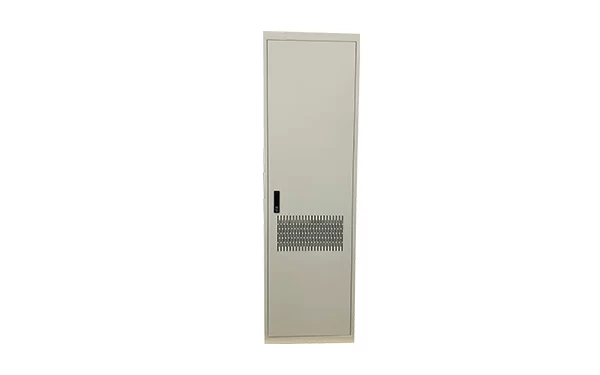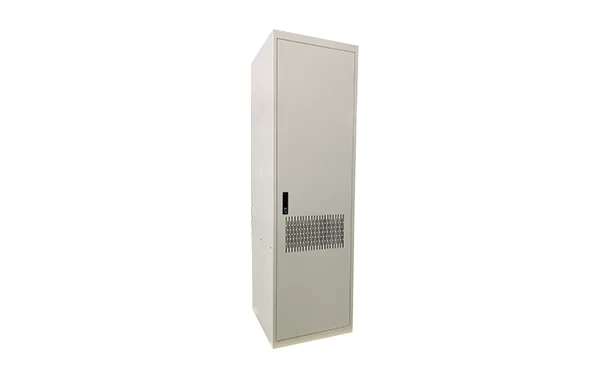

Photovoltaic Supplementary Power Solution HJDXH Range
The photocell Complement power system adopts the control management system of solar energy and city power supplying power for the communication room. It converts the power from the solar cell array, city power or diesel generator set into stable and reliable low-voltage DC power for the communication equipment.
Product Description:
Product Features:
Application Scenarios:
Product Description:
On the other hand, the photoelectric complementary power system is used to manage solar energy and city power in feeding the communication rooms. The philosophy here involves changing the power input-from either a solar cell array, city power, or diesel generator set-into stable and reliable low-voltage DC power for communication equipment. The system maximizes the utilization of the solar energy by coordinating the input of various power sources and stores the surplus electric energy in the storage bat- tery for use when the sunshine is insuffcient. During the case of having input at the mains input interface when the solar output is insuff- cient, the mains can maintain the load and charge the pack. If rainy weather persists, that is no utility power is available, the battery pack discharges to provide power supply to the load.
Product Features:
- Multi-energy solution: Considering the different site environment, various forms of complementary power system can be constituted by the solar energy, city electricity, and oil machine;
- Energy-saving management mode: guarantee the maximum priority use of solar power supply, supplementary energy of city electricity (oil machine), and backup energy of battery pack;
- The battery management is for the normal management of charging and discharging of the battery and the protection function of the system;
- Modular design: modular design can flexibly configure the system capacity;
- MPPT function: the maximum power tracking accuracy is greater than 99.5%, and the solar system conversion effciency is greater than 95%;
- Easy maintenance: the system is fully frontally operated, and the modules can be hot-plugged and replaced online;
- Monitoring function: with local/remote real-time monitoring system function, and RS-232/RS-485 interface.
Application Scenarios:
Suitable for various indoor and outdoor communication base stations, distributed base stations, etc.
| Product name | HJDXH48/400 | HJDXH-48/600 | HJDXH-48/1000 |
|---|---|---|---|
| AC input | 380Vac, three-phase five-wire | 380Vac, three-phase five-wire | 380Vac, three-phase five-wire |
| AC input switch | 63A/3P×1 | 80A/3P×1 | 125A/3P×1 |
| AC output branch (optional) | 32A/3P×1; 16A/1P×3 | 32A/3P×1; 16A/1P×3 | 32A/3P×1; 16A/1P×3 |
| AC lightning protection | Maintenance socket ×1 | Maintenance socket ×1 | Maintenance socket ×1 |
| Maximum system capacity Loadshunt |
Class C, nominal 20kA -48V/400A; total 6 rectifier modules, total 2 photovoltaic modules |
Class C, nominal 20kA -48V/600A; total 6 rectifier modules; total 6 photovoltaic modules |
Class C, nominal 20kA -48V/1000A; total 12 rectifier modules, total 8 photovoltaic modules |
| Loadshunt |
Power of the load: 100A×4 (fuse), 63A×6 (circuit breaker), 32A×6 (circuit breaker), 10A×2 (circuit breaker); Power of the battery: 63A×2 (circuit breaker), 16A×4 (circuit breaker), 10A×4 (circuit breaker) |
Customer One: Power of the load: 160A×1 (fuse), 100A×3 (fuse), 63A×3 (circuit breaker); Power of the battery: 63A×2 (fuse), 32 A×2 (fuse) Customer two, customer three The branch circuit is the same as the customer’s one branch requirement. Customer Four: Power of the load: 125A×2 (circuit breaker), 32A×2 (circuit breaker); Battery power of: 16A×3 (circuit breaker) |
Customer One: Power of the load: 160A×6 (fuse), 63A×3 (circuit breaker); Power of the battery: 100A×6 (fuse) Customer two, customer three The branch circuit is the same as the customerbegging; Customer Four: Power of the load: 125A×2 (fuse), 32A×2 (circuit breaker); Battery power of: 16A×3 (circuit breaker) |
| Battery shunt | 400Ax2 (fuse) | 600Ax2 (fuse) | 800Ax2 (fuse) |
